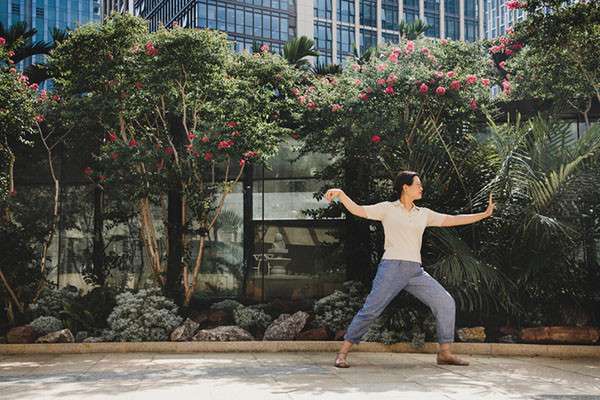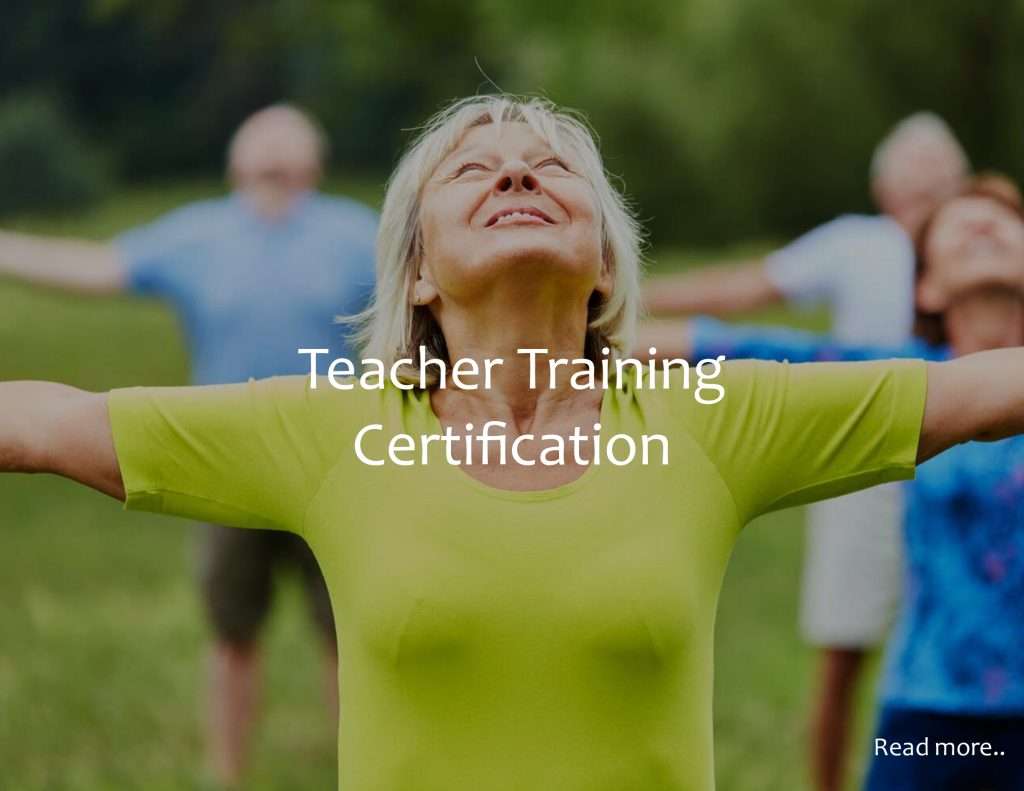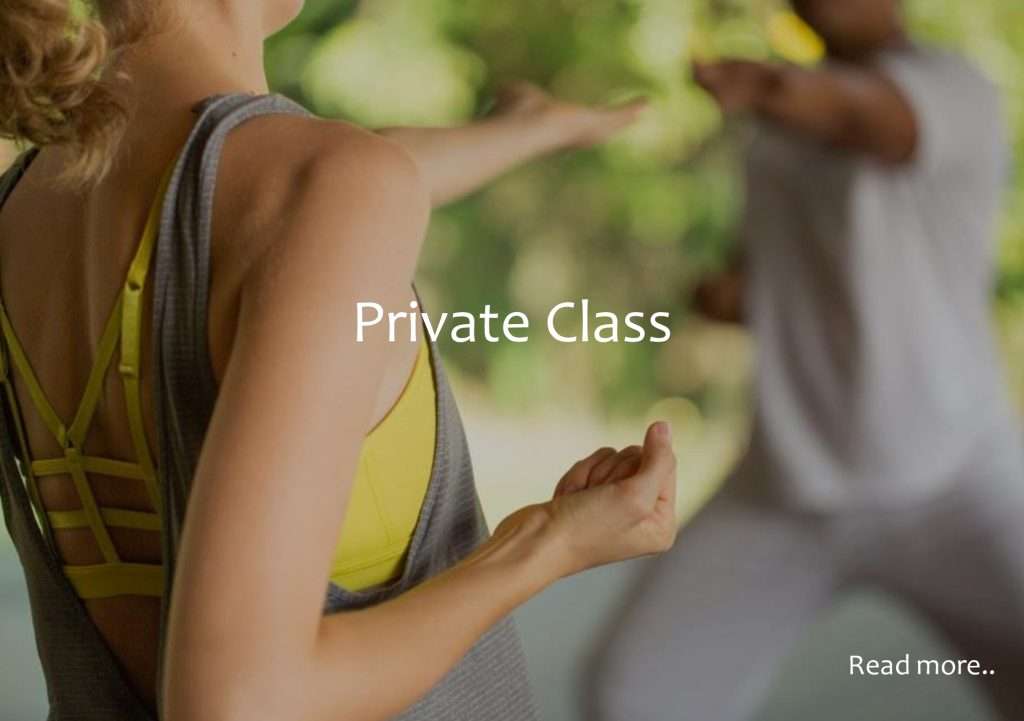Health Benefits of Taichi & Qigong

These relaxing forms of exercise can help maintain strength, flexibility and balance, and could be the perfect activity for the rest of your life.

Although Taichi and Qigong are slow and gentle and don’t leave you breathless, they address the key components of fitness — muscle strength, flexibility, relaxation, balance, and moderate aerobic conditioning.
Evidence from Harvard Medical School USA suggest that Taichi and Qigong offer a wide range of physical and mental health benefits, including improved balance, strength, and flexibility, as well as reduced stress, anxiety, and depression. They can also boost immune function, improve sleep quality, and help manage chronic pain like arthritis and back pain. These low-impact practices combine gentle movements, focused breathing, and mindfulness, making them accessible for people of all ages and fitness levels.
Physical Benefits
- Improved balance, strength, and flexibility: These practices are known to strengthen both the body and the mind, and can help improve balance and stability, especially in older adults.
- Pain management: They can be effective in reducing chronic pain associated with conditions like arthritis, fibromyalgia, and nerve damage.
- Cardiovascular health: Studies have shown they can improve cardiopulmonary health and lower blood pressure.
- Increased energy: Regular practice can lead to increased stamina and energy levels.
- Bone health: Tai chi and qigong can help with bone density and may reduce bone loss and fractures.
Mental and Emotional Benefits
- Stress and anxiety reduction: The meditative nature of these practices helps to reduce stress, anxiety, and tension by promoting a state of calm and focus on the present moment.
- Improved mood: They are linked to reduced depression and improved mood, partly due to the release of physical and mental tension.
- Better sleep: Consistent practice can improve sleep quality and help with conditions like sleep apnea.
- Enhanced focus: The combination of movement and breathwork can lead to increased mental clarity and focus.
Important Considerations
- Always consult with a healthcare provider: before starting any new exercise program, especially if you have a pre-existing health condition.
- For certain conditions: advanced practices should only be performed under the supervision of an experienced master.
Classes and Courses
- Warm-up: Easy motions, such as shoulder circles, turning the head from side to side, or rocking back and forth, help you to loosen your muscles and joints and focus on your breath and body.
- Instruction and practice of Taichi forms: Short forms — forms are sets of movements — may include a dozen or fewer movements; long forms may include hundreds. Different styles require smaller or larger movements. A short form with smaller, slower movements is usually recommended at the beginning, especially if you’re older or not in good condition.
- Qigong: Translated as “breath work” or “energy practice” this consists of gentle abdominal breathing and stretching often combined with meditation or movement. The idea is to help relax the mind and mobilize the body’s Qi – energy. Qigong may be practiced standing, sitting, or lying down.
Taichi is often described as “meditation in motion,” but it might well be called “medication in motion.” There is growing evidence that this mind-body practice, which originated in China as a martial art, has value in treating or preventing many health problems. And you can get started even if you aren’t in top shape or the best of health.
In this low-impact, slow-motion exercise, you go without pausing through a series of motions named for animal actions — for example, “white crane spreads its wings” — or martial arts moves, such as “box both ears.” As you move, you breathe deeply and naturally, focusing your attention — as in some kinds of meditation — on your bodily sensations. Taichi differs from other types of exercise in several respects. The movements are usually circular and never forced, the muscles are relaxed rather than tensed, the joints are not fully extended or bent, and connective tissues are not stretched. Taichi can be easily adapted for anyone, from the most fit to people confined to wheelchairs or recovering from surgery.
A growing body of carefully conducted research is building a compelling case for Taichi as an adjunct to standard medical treatment for the prevention and rehabilitation of many conditions commonly associated with age. An adjunct therapy is one that’s used together with primary medical treatments, either to address a disease itself or its primary symptoms, or, more generally, to improve a patient’s functioning and quality of life.


